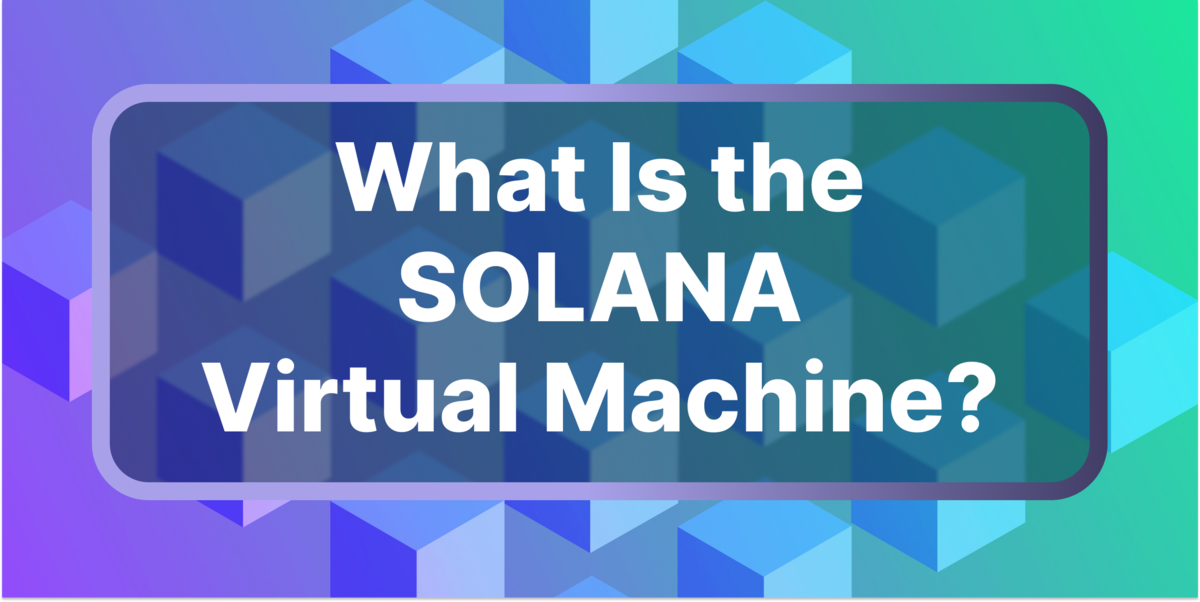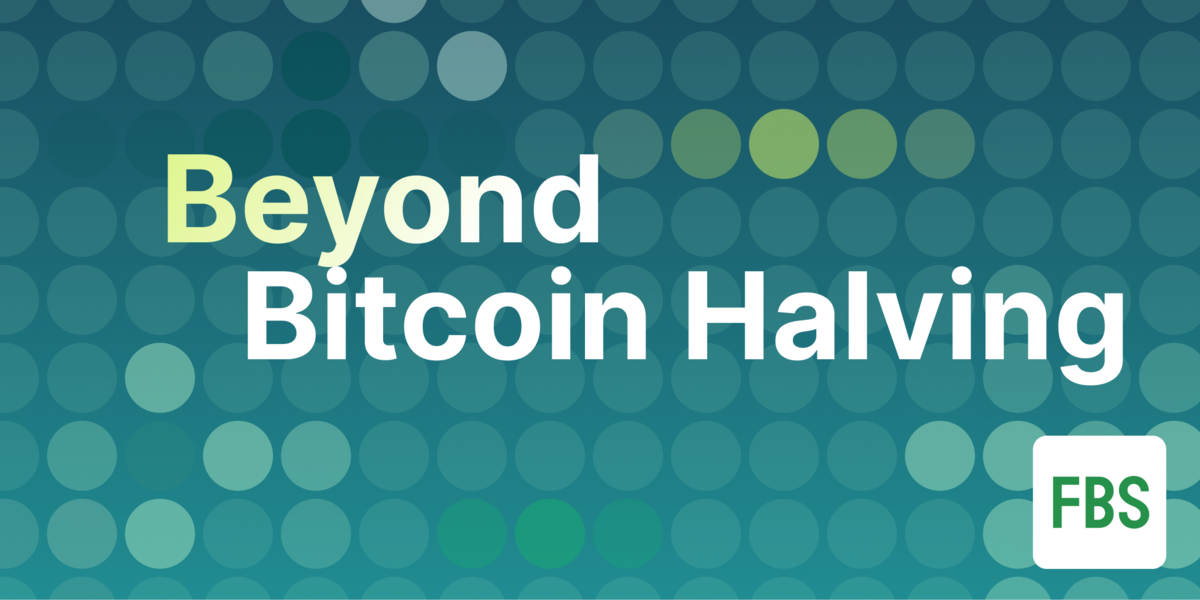For Meetup #15 we talked about how DeFi has led to a need for a decentralized stablecoin that is capable of scaling and how Terra is maintaining a steady value for UST and its derivatives. The Meetup was held on 26th August at 9AM EST.
Joining us for a thrilling conversation were 0xWagmi (Ecosystem Lead at Terraform Labs), Vol Pigrukh (Core contributor at Orion Money), and Jose Maria Macedo (Partner at Delphi Digital).
CoinGecko’s Virtual Meetup is our live online community event where we explore different key topics in the crypto sphere and invite industry leaders to share their two satoshis.
In our discussion, we talked about the use cases of UST, Anchor’s interest rate, and the future of Terra.
Here is a quick breakdown of what we discussed with 0xWagmi, Vol, and Jose.
What are the main use cases of UST?
Jose believes that the Terra ecosystem is serving DeFi native users and there are apps that are trying to link to the real world. He said that, “Both of those will unite where you have a DeFi ecosystem with great user experience and you can spend that in the real world.”
“We think every business will have a crypto backend and they will need a censorship resistant stablecoin to back that and UST and Terra come with a DeFi ecosystem attached,” said 0xWagmi.
Vol added that, “Orion is bringing UST and Anchor to other blockchains like Ethereum where there is a bigger pool and we expect stablecoins will continue to grow.”
How does Anchor maintain a 20% yield?
0xWagmi answered that by saying, “It’s able to maintain it because the team worked backwards by thinking about what the user wants and saw that it was possible based on programmatic incentives in place.”
Jose echoed what 0xWagmi said and added that, “I think one of the impressive things about Terra ecosystem is Terraform labs’ combination of understanding the technicals of building a protocol and also product vision.”
Meanwhile, Vol offers the explanation that Anchor is a savings account that is covered by the proof of stake chain assets. “Essentially miners get revenue and profit from mining bitcoin and ethereum ever since moving to proof of stake and this gives stability to provide the 20% interest rate,” he said.
Could this 20% interest rate mechanism work on other chains or is it specific to Terra?
Answering this question, Vol said that it is likely there will be more money markets like this that try to leverage proof of stake.
Meanwhile, Jose also mentioned that, “Money markets are very chain agnostic where they can exist on multiple chains and you can borrow and deposit from any chain. However, I think it is important that UST remains at the core of Anchor.”
Is Orion working on moving to other chains as well?
From Vol’s experience, he said that, “We see Ethereum as our main target market but we will be expanding to other smart chains such as the Binance Smart Chain, L2’s like Polygon, and we are on Terra too,” before concluding that, “It will be a multichain future but right now it is hard and risky to bridge between different protocols, but it will get easier in the future with more technology being introduced.”
Are there plans to launch other stablecoins for other fiat currencies?
As part of the team, 0xWagmi explained that, “The reason why KRT and UST is popular is because there is a lot of demand for them. You can bootstrap any type of asset and build it but we need people to think about the use cases for it.”
Do you see regulations crushing the USD stablecoin market?
According to Jose, “It’s a big risk and in the most recent regulatory reports, we’re seeing that any stablecoin that is pegged to the dollar falls under their jurisdiction.” However, he also mentioned that Terra can peg itself to anything based on demands and if the demand for USD changes then Terra can also change.
Could you elaborate on the Columbus 5 upgrade and how it impacts the ecosystem?
Coming from 0xWagmi, “It’s best described as a scaling solution. Instead of having these layer 1 and layer 2s, you actually have parallel blockchains that are interconnected.”
Do you reckon that the different programming languages between Terra and Ethereum create a barrier for solidity-based apps to move over to Terra?
0xWagmi started off by saying that, “It’s really tough stuff but I also think teams that are thinking about the future of their product in engineering organisations do want to think about web assembly based contracts.”
Meanwhile, Jose noted that, “There are more Rust developers in the world than Solidity developers; it's just that we’re extremely early in the space and most developers are Solidity developers.”
“Terra has an advantage for more developers to come in and join teams. It might be hard at the start but it will be much easier as the protocol grows and the developer pool becomes bigger,” concluded Vol.
What is coming next in the Terra space?
Taking on this question, Jose said that, “After Columbus 5 we will see a lot of interesting things. I think it will be the start of Terra Autumn.”
He added that, “There are a lot of primitives coming on which will help to fuel this and will continue on for the next year as Terra continues to absorb other stablecoins. Anchor will continue to become the go-to protocol for staked assets.”
Does Terra support NFTs and are there any projects in the ecosystem?
0xWagmi pointed out that, “We have all the primitives to build out pretty sophisticated NFT products but I think maybe it’s still early stage and Terra is branded as a DeFi specific chain and NFT’s are labeled as a separate category when it comes to cultural adoption.”
On the other hand, Jose believes it’s already happening. “One of the creators of the ERC721 standard is actually working on a NFT standard for Terra and he wants it to be more flexible than what it is on Ethereum to be more of a financial tool,” he said.
What do you think will have to occur for us to have mainstream crypto adoption in the next 5 years?
0xWagmi is of the personal opinion that there only needs to be a few core primitives. “Something like Anchor institutional adoption and these kinds of fundamental pieces will drive usage and you will get this effect where users can take their traditional fintech apps and withdraw funds to use across the DeFi ecosystem.”
He also thinks that this could happen within the next five years because the stepping stones are so accessible
Jose agreed with 0xWagmi and shared that, “Last year’s summer was the first time I could see the path towards mainstream adoption and now I see it as inevitable as enough of the pieces are there.” He also shared that, “The DeFi infrastructure is going to keep developing but I think the distribution will be the metaverse such as games which will become the frontend.”
Vol then ended the question by adding that DeFi is a gradient to move towards mainstream adoption.
“When people come into crypto they start small and then they see how much they can make in crypto, especially when it is stable growth, and Anchor just fits really perfectly in this part. We think Anchor is great in driving mass market adoption,” he concluded.
Subscribe to CoinGecko Newsletter
Don’t miss out on our next Virtual Meetup! We’ll let you know when the next one is happening and who will be on it. Subscribe to our daily newsletter so that we can update you.

Stephanie has a keen interest in breaking down complex topics into beginner-friendly pieces. She has been in the crypto space since 2020 and wants to continue contributing to the demystification of the crypto industry to a broader audience.









 Or check it out in the app stores
Or check it out in the app stores